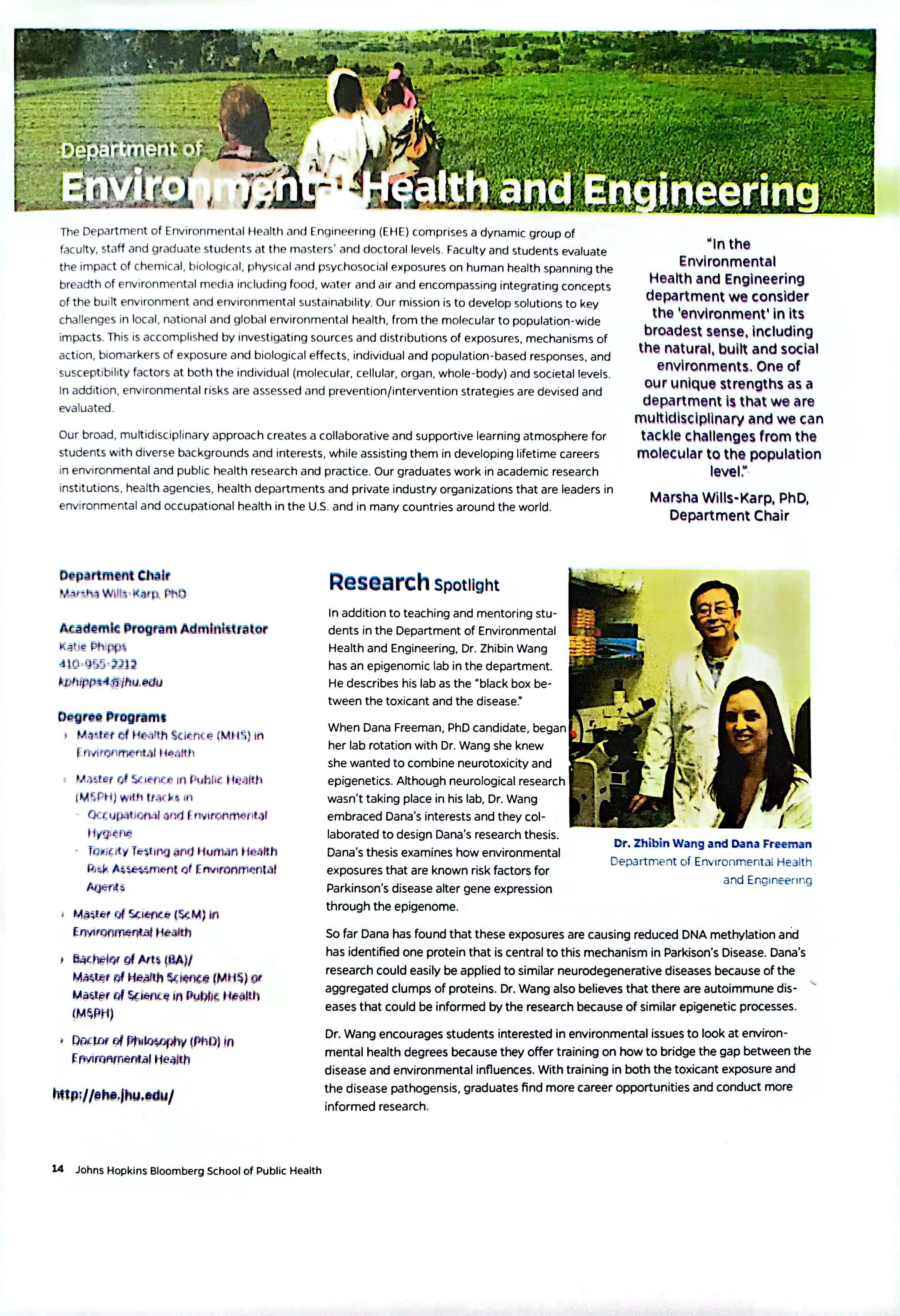linkurl:ScienceWatch,;http://www.sciencewatch.com/ a website that tracks and analyzes trends in basic science research, compiles bimonthly lists of the 10 most cited papers. From those lists, The Scientist pulled the five papers in biology published from 2007 to 2008 which were some of the most cited papers in 2009. The two topics that dominate the top five papers in 2009 year: genomics and stem cells.

Citations this year:299
Total citations to date: 560
Citations this year: 389
Total citations to date: 588
In the 1940s and ’50s, British scientist Conrad Waddington coined the term “epigenetics” to explain how the cells in anearly embryo, all of which share the same DNA, can differentiate into forms as wildly different as the skin cells on your feet and the neurons in your brain. The organism’s genetic code didn’t change; instead, what changed was how those genes were regulated, with some turned on and others switched off. Later work began elucidating how this happened. Enzymes can attach small chemical tags called methyl groups at specific DNA sequences in the genome. These tags act as a volume control for a gene-either amplifying its effects by allowing more of the cell’s transcription and translation machinery to turn it into protein, or dialing down transcription and translation. Methyl and acetyl groups can also tag histones, small protein beads around which the double helix of DNA wraps itself. Some of these chemical tags alter gene activity only for a few minutes or hours; others may last for years-even a lifetime. “When people breathe in harmful air and get a disease, this isn’t changing their DNA. What’s changing is their epigenome,” says Zhibin Wang, PhD, an EHE assistant professor.

Tang admits that conclusive proof can come only from long-term human studies. Still, increasing numbers of animal studies continue to provide evidence, and Bloomberg School scientists are working to replicate those studies in humans. As the BBC approaches its 20th birthday, Xiaobin Wang has begun following the grandchildren of the original women in the study, which includes gathering epigenetic data. And Tang continues work on her animal models to explain why certain environmental exposures alter methylation of certain genes. “I think we’ll eventually see evidence for this in humans, but it might take a while,” says Zhibin Wang. Their work has the potential to provide a new understanding of how today’s environmental pollution can haunt humanity for generations to come. No longer can we treat environmental issues as temporary problems that can, with enough resources, be remediated and forgotten. Instead, these exposures could manifest in the human genome far into the future, which makes it even more crucial for scientists to understand-and prevent-these harms.
